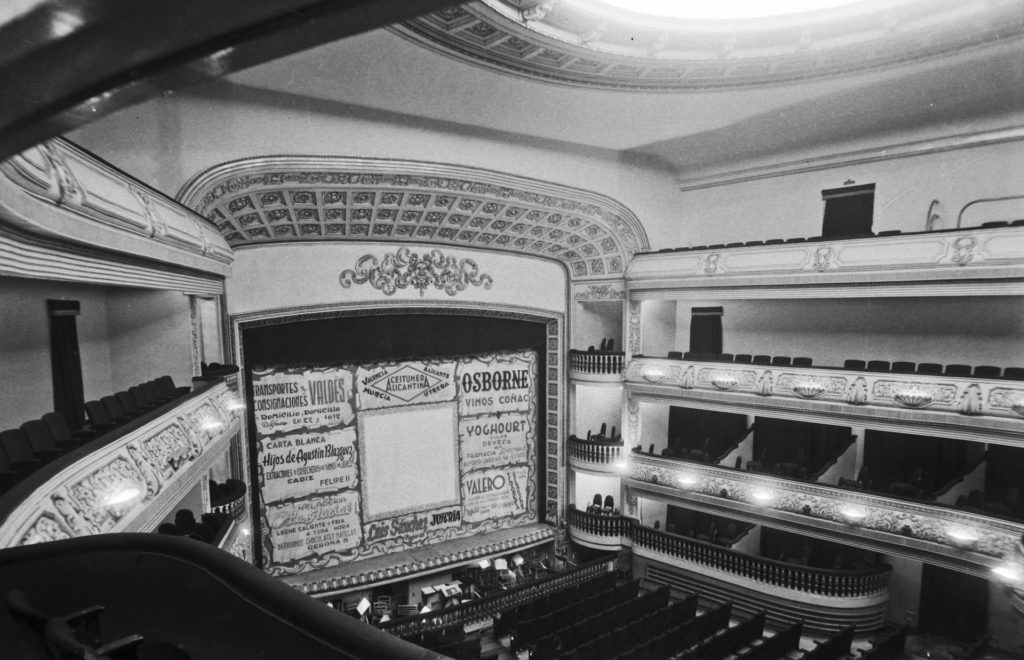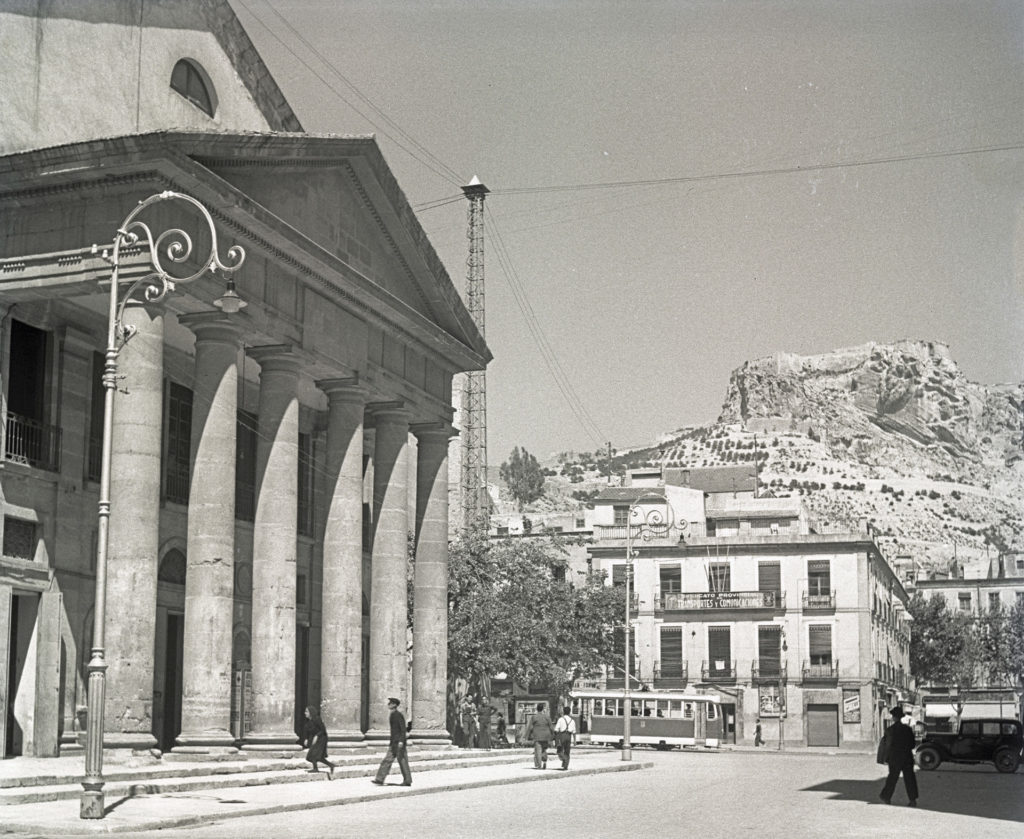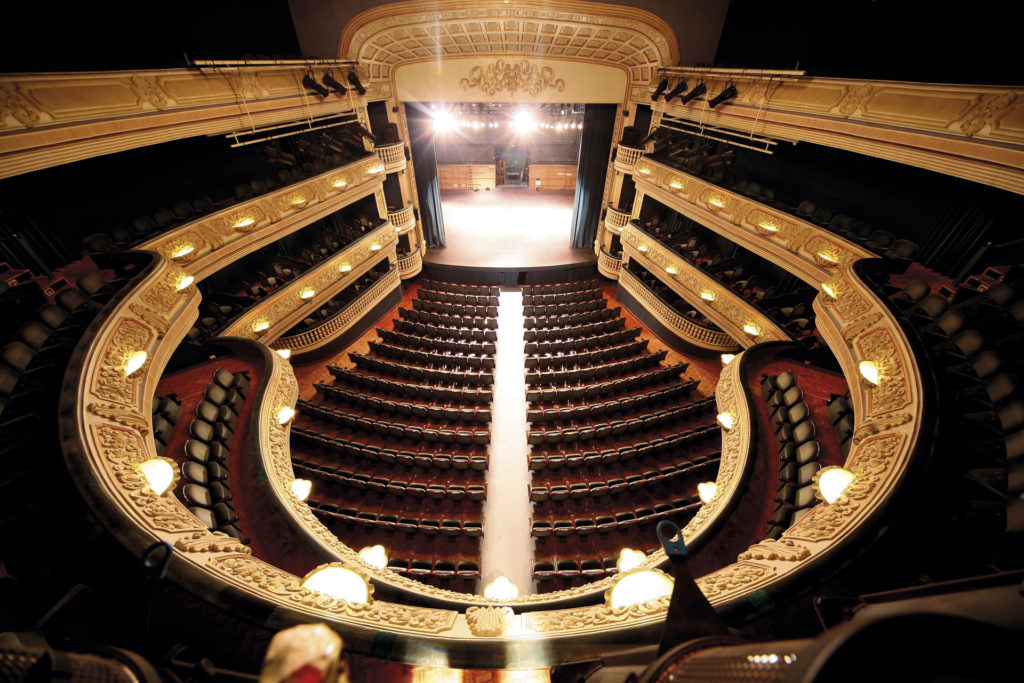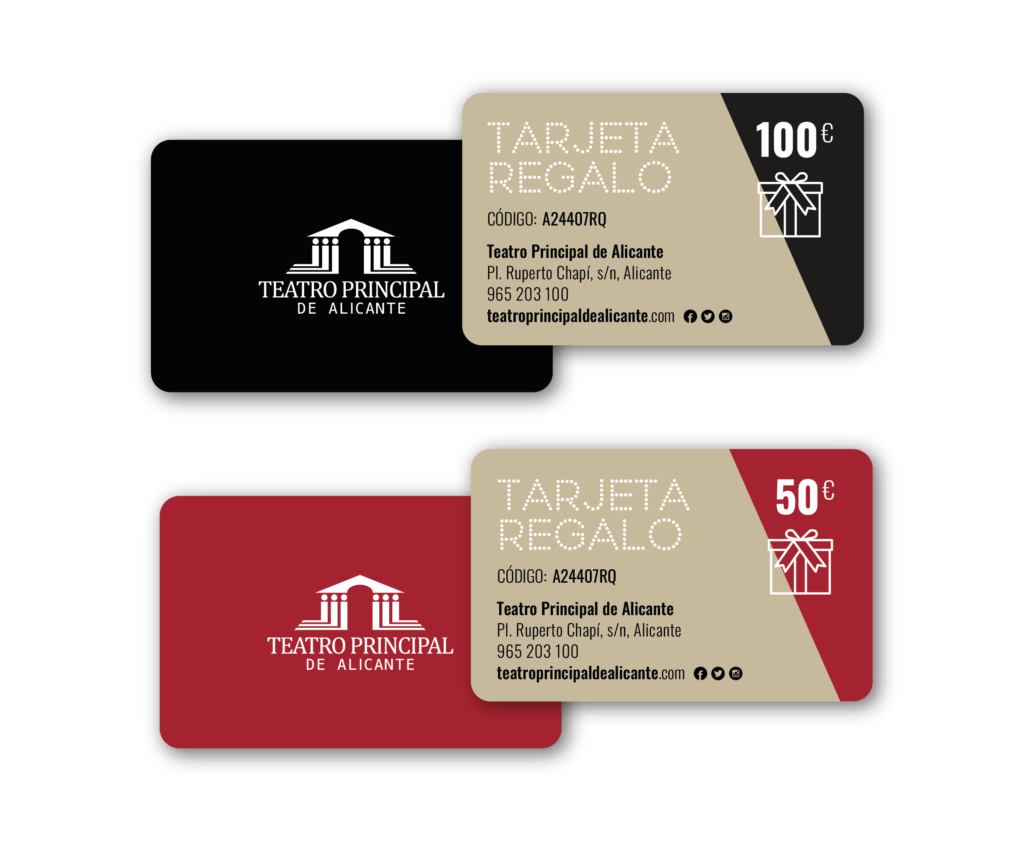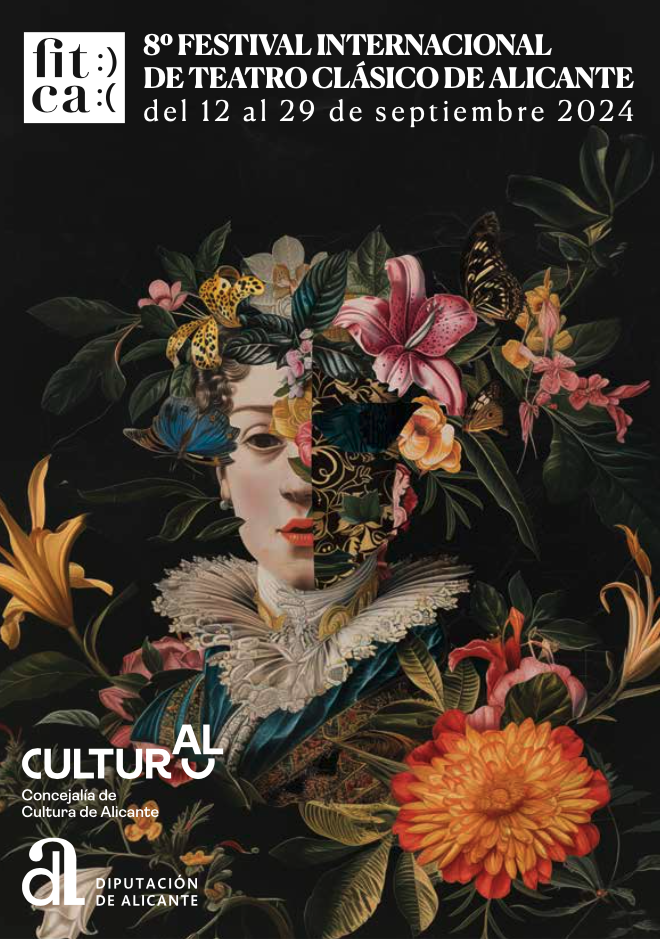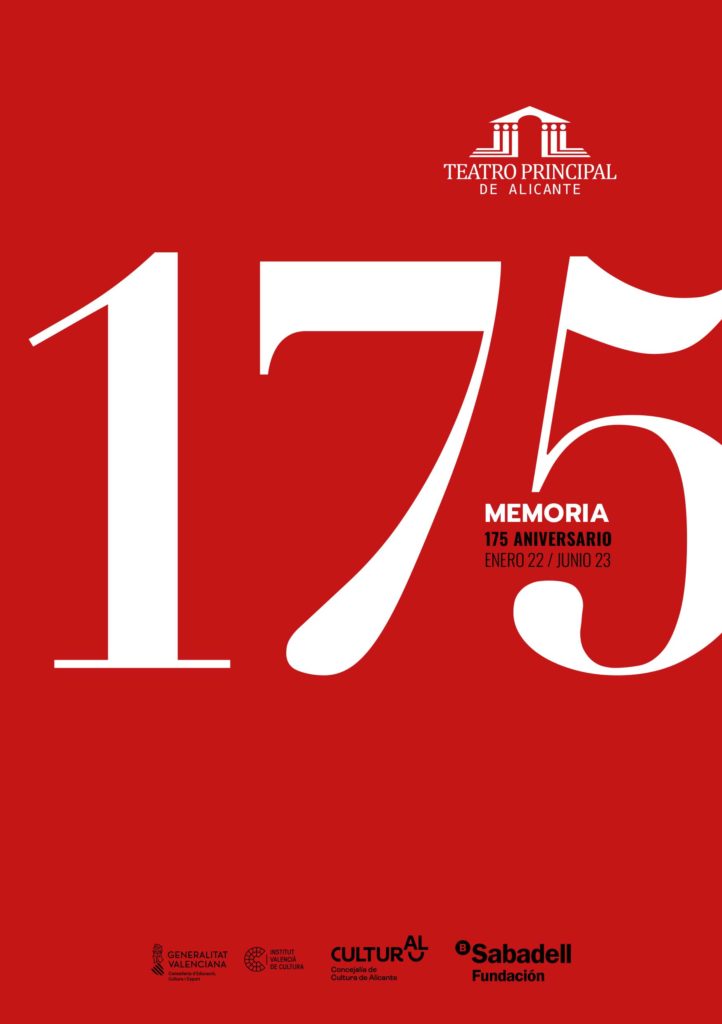The Teatro Principal has an extensive 175-year history. It is a testimony, reference and magnificent historical architecture of the city of Alicante.
In the forties of the 19th century, Alicante’s bourgeoisie of merchant landowners was dynamic and enterprising. In addition to local trade, Alicante, a maritime city, was one of the places for the reception and distribution of colonial products and other goods to the interior of the peninsula. They were united by their status and also by the idea of building their temple, their bourgeois theatre. New, free-standing, monumental, representative, outside the historic city. Thanks to this elite of merchants, landowners and two nobles, who guaranteed and paid the loan to make the construction a reality. And to the Town Hall, which gave the land, in Barranquet Street (today’s Avenida de la Constitución), for a symbolic sum.
In 1847 Emilio Jover Pierron (Nancy, 1812 Alicante, 1854), an architect by the Royal Academy of San Fernando and municipal architect, designed it and turned it into an architectural reference point for the city of Alicante and also for the theatrical typology of the first half of the 19th century, as can be clearly seen in the image of the architect’s drawing.
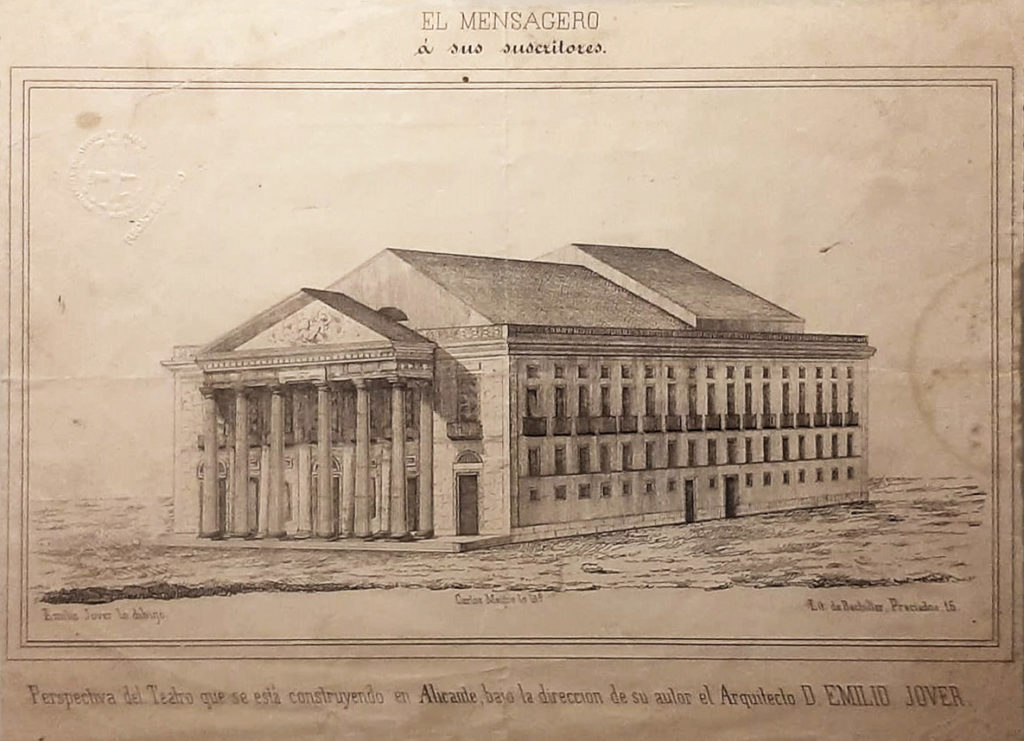
The denomination of Teatro Nuevo, built and inaugurated in 1847, is related to that of the Teatro Viejo, which was located on Liorna Street, now López Torregrosa. The building stands out for its exempt location, its monumentality with a main facade of giant order with six columns of smooth shaft, finished by a triangular pediment. On the rear and side facades, made of stone ashlars, there is an academic series of openings on each of the floors, and as a finishing line a powerful cornice, which in its first period was crowned by a balustrade. As can be seen in the engraving with a gable roof.
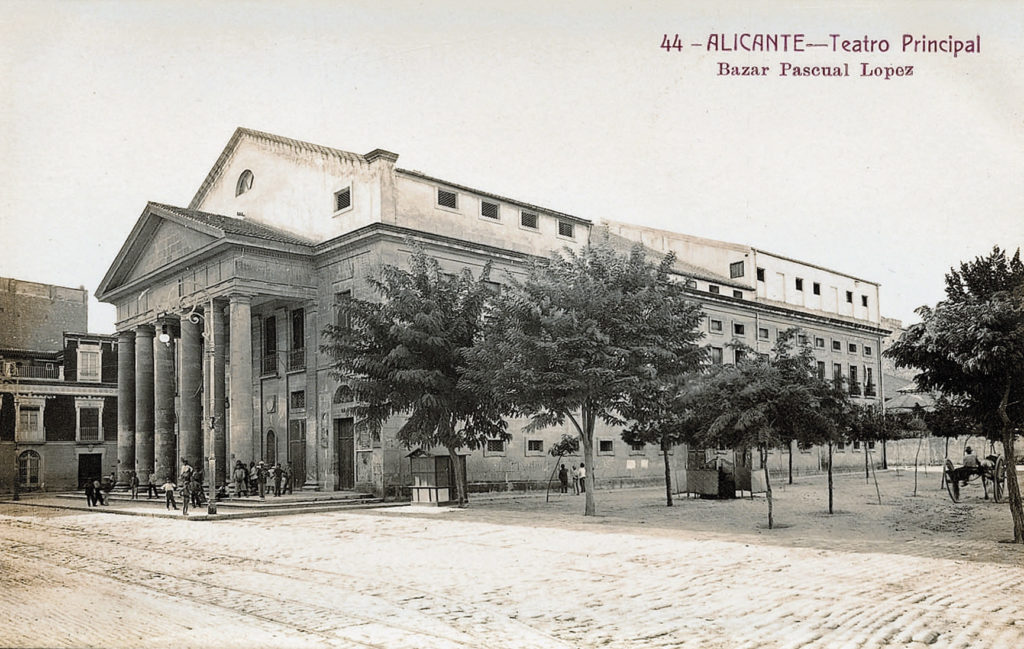
At the beginning of the 20th century, the architect Juan Vicente Santafé raised the roof, and it remained that way until 1939, when it was partially destroyed by a bombardment of the building. Juan Vidal Ramos was the architect of this restoration. It was reopened in 1941. The bourgeoisie went to the Teatro Principal in carriages and the ritual of access from the portico to the vestibule and from there to the stairs, to the boxes or to the large horseshoe-shaped hall, visually and acoustically designed for stage performances. The ordered ornamentation, the lights and the large central chandelier stand out.

The architect Alfonso Navarro presented the project for the rehabilitation and restoration of the Teatro Principal to the Ministry of Public Works in 1985, but some issues delayed the start of the works. The architectural changes to the building included a new construction to extend the surface area and height of the stage box with a new comb for the theatrical machinery as well as the special effects and curtains. The orchestra pit is also being remodelled. The dressing rooms are moved to a space built and located under the Plaza de Ruperto Chapí. The interior of the hall is redecorated and the façades of the building are restored.
*Juan María Balsalobre. Commissioner of the 175th anniversary of the Teatro Principal de Alicante
